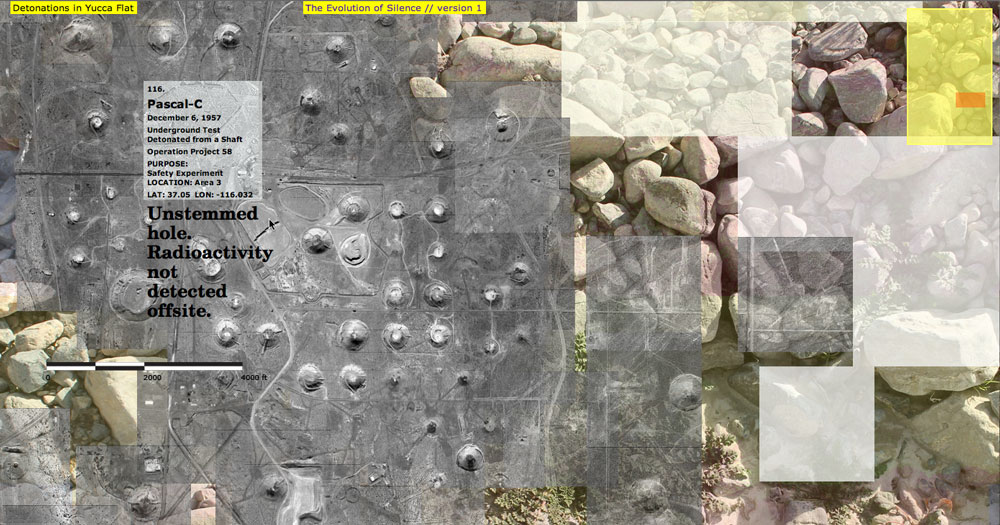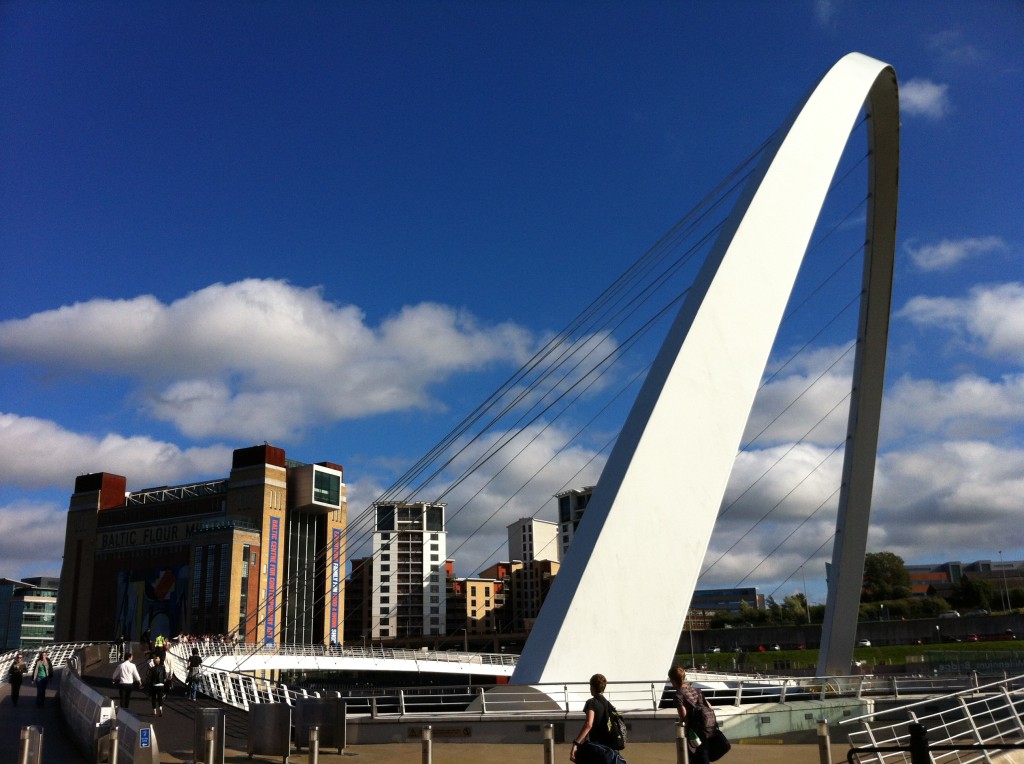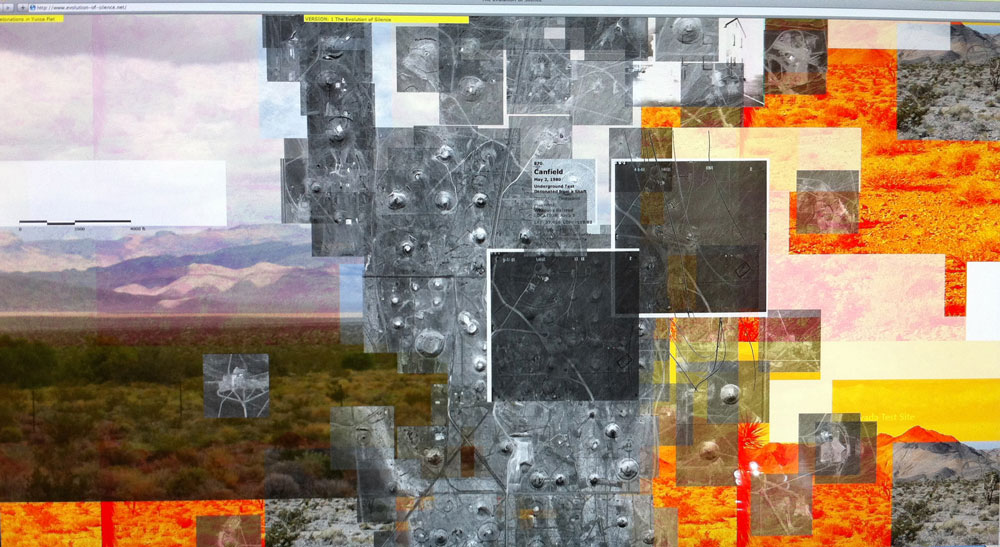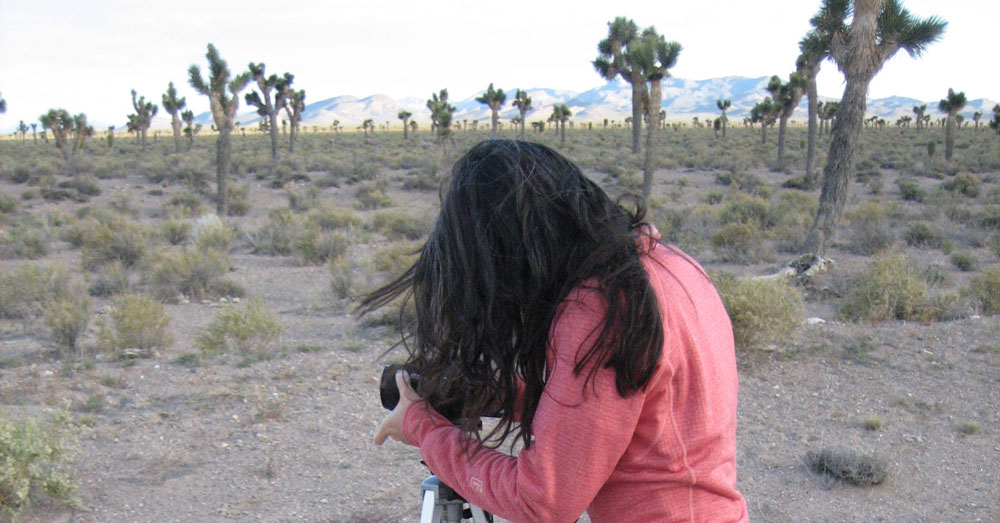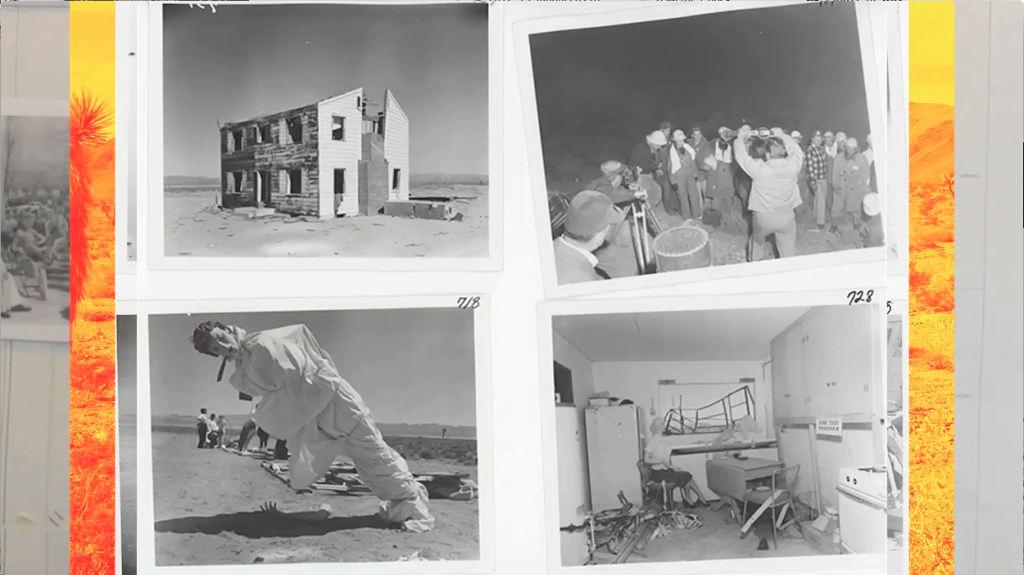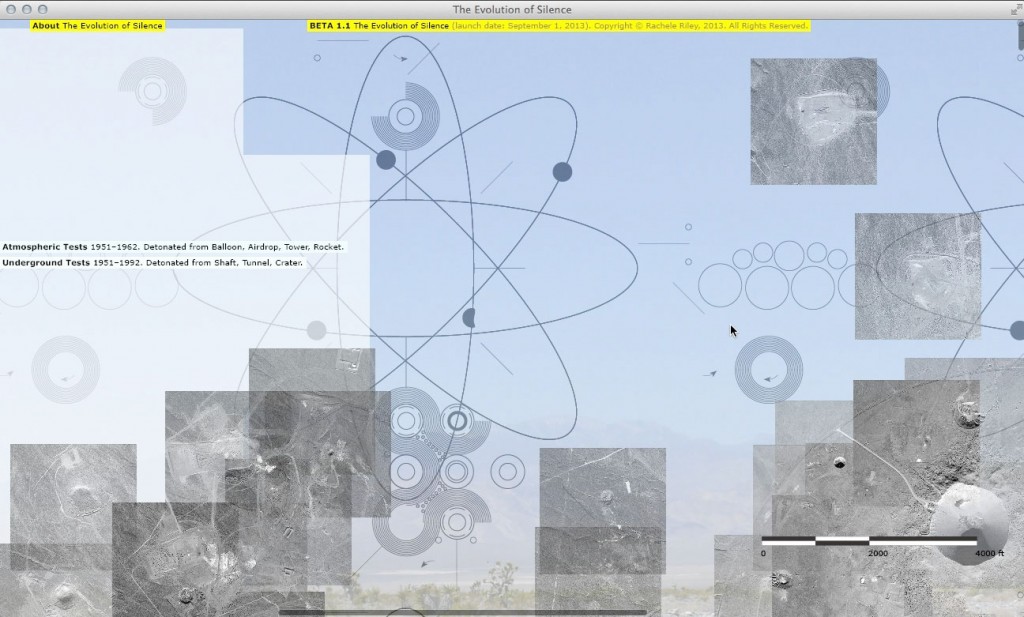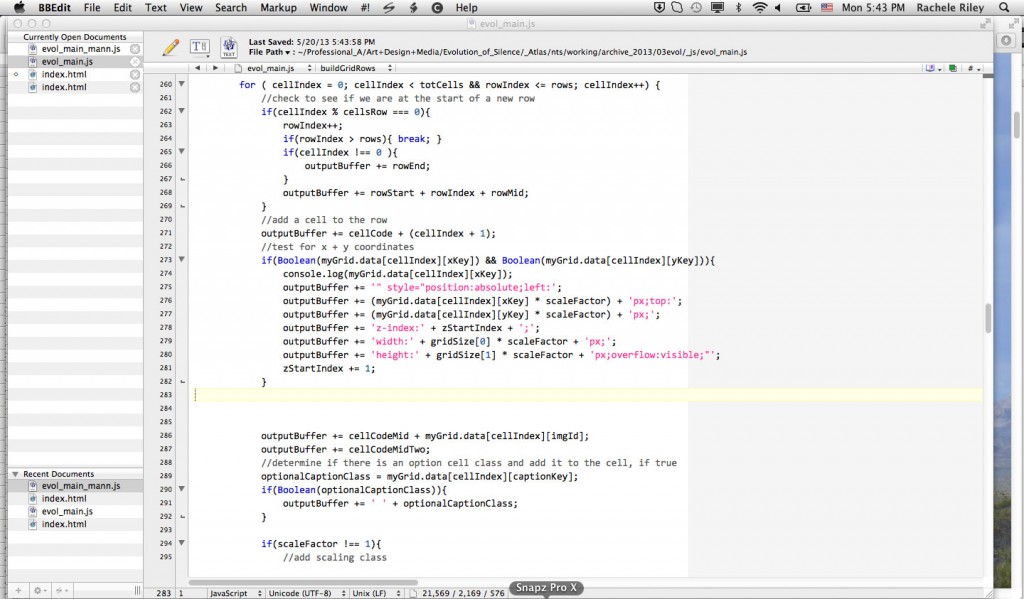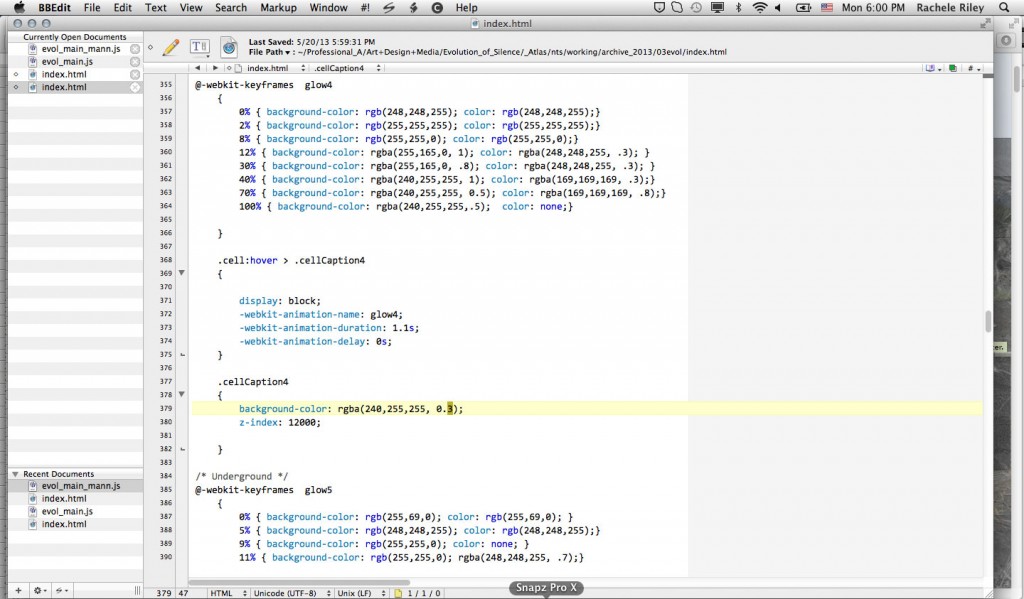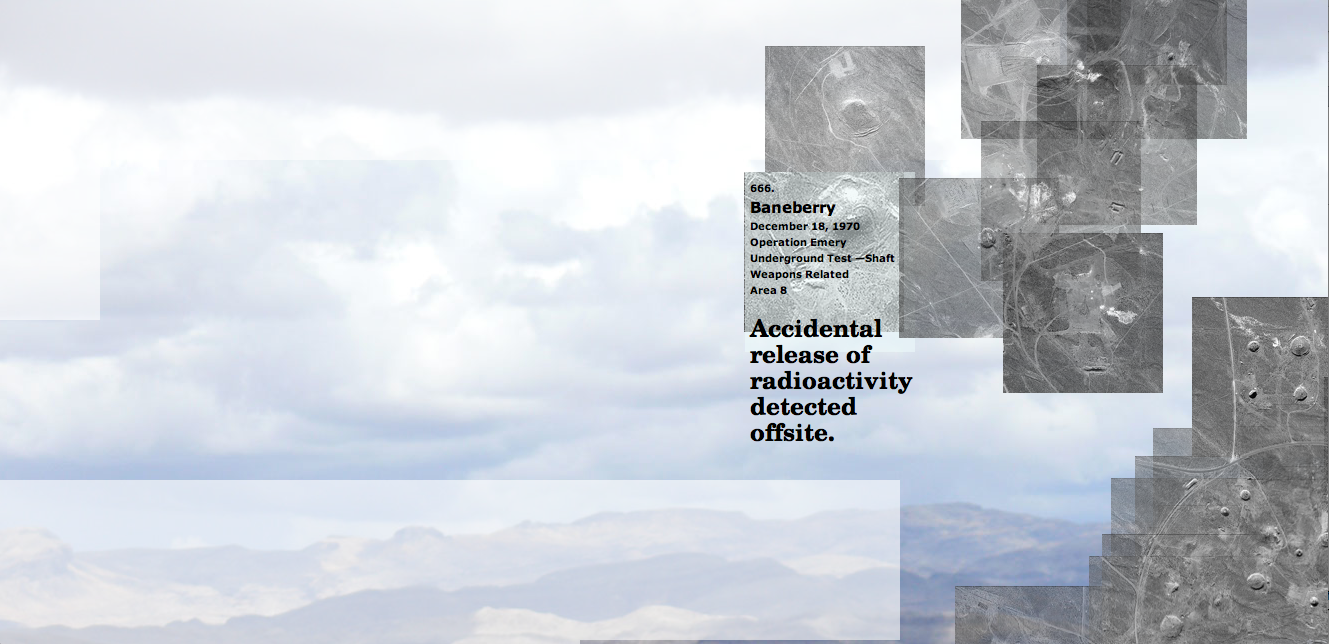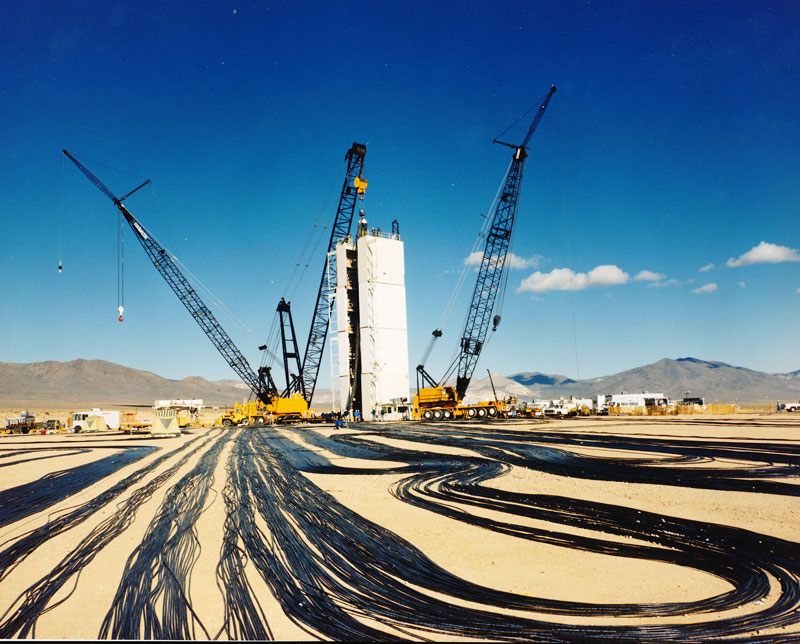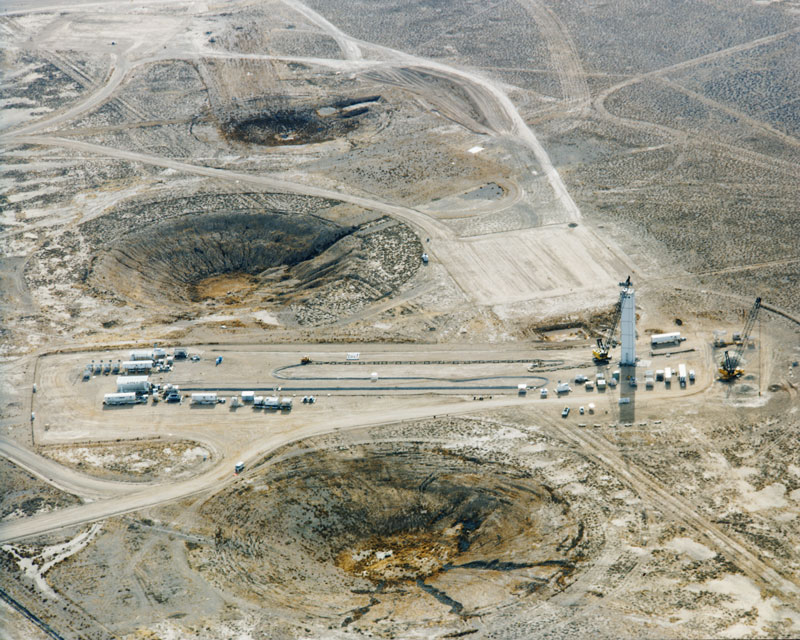In Las Vegas I found photos of the mannequins being dressed and on display at the J.C. Penney store before the March 17, 1953 detonation.
Las Vegas Review Journal, March 6, 1953.

Las Vegas Sun, March 7, 1953.
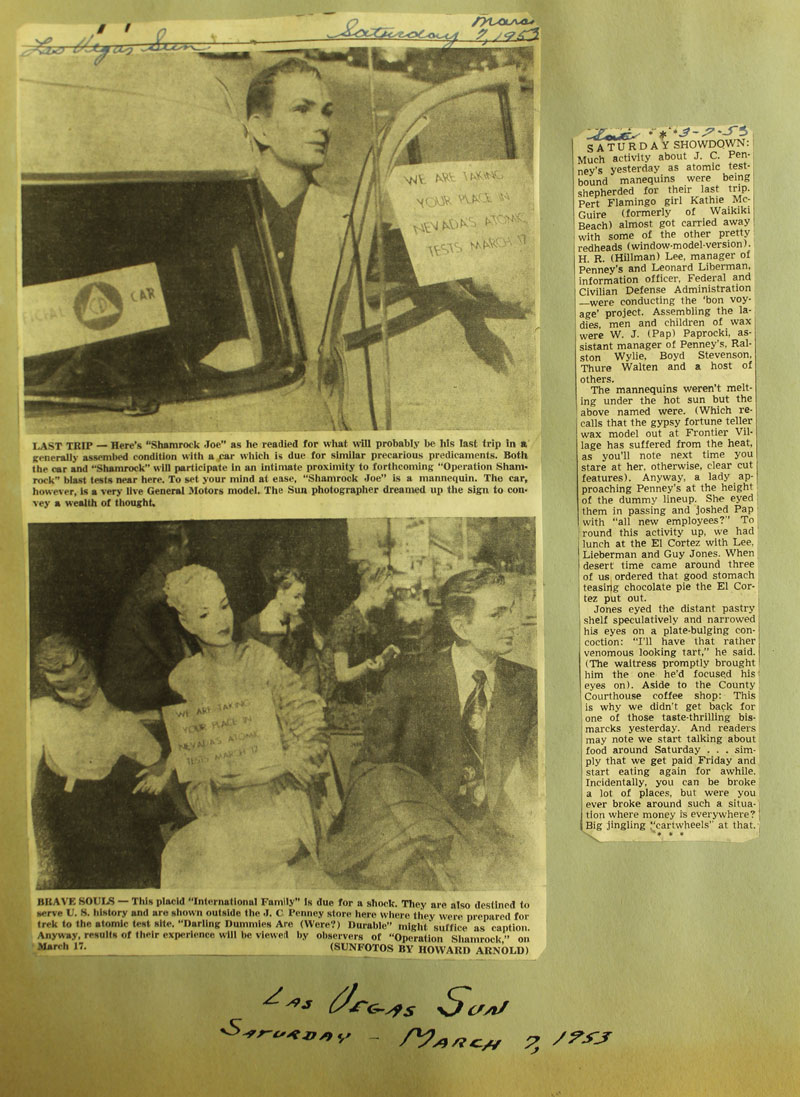
Los Angeles Examiner, March 10, 1953
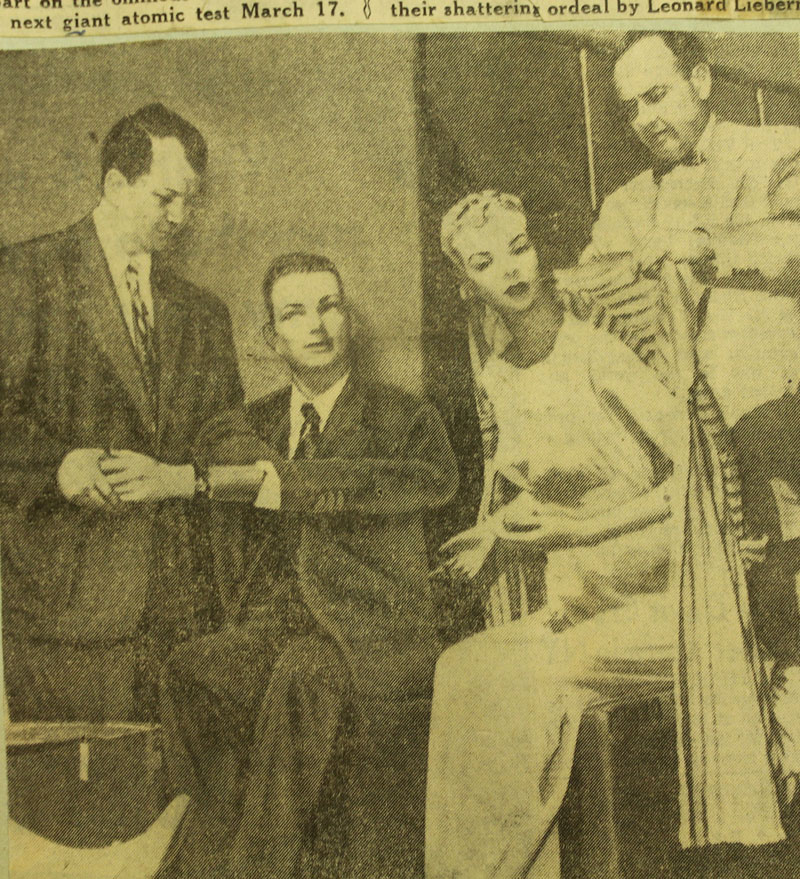
Las Vegas Review Journal, March 1953

Las Vegas Review Journal, March 7, 1953
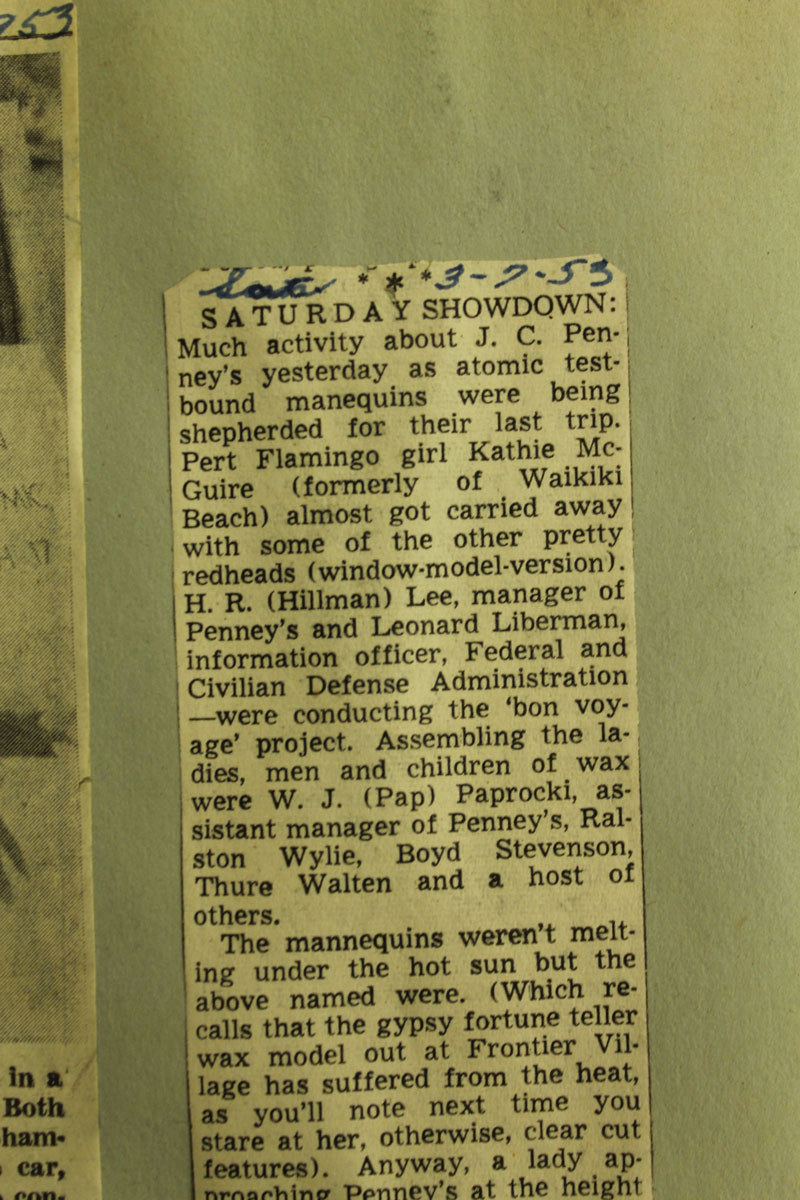
Las Vegas Review Journal, March 8, 1953
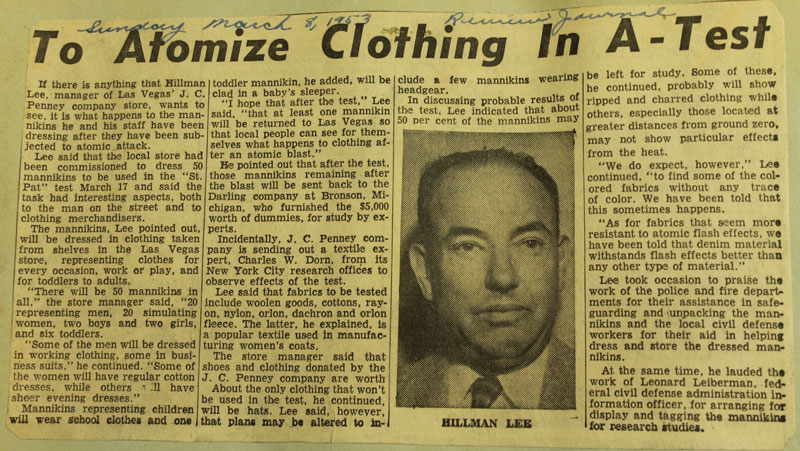
I found photos of the mannequins sitting in a group on chairs, being photographed outside in a Las Vegas neighborhood. I believe the photo was taken at Third and Carson Streets. James (Eure) could decipher ‘Third Street’ on the street sign in the first photo. Crystal (Van Dee) was able to confirm the street sign names as ‘Third and Carson’ with the help of a jeweler’s loupe.
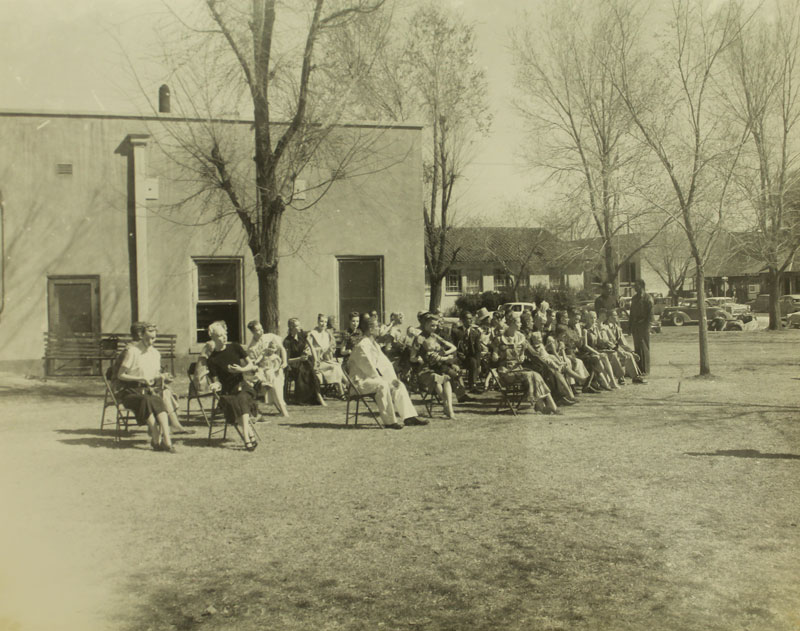
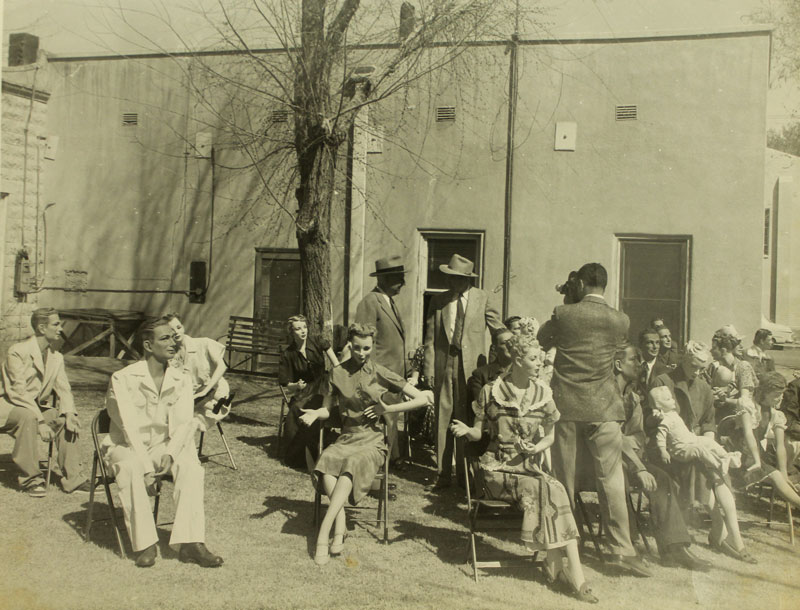
Searching further through the collections at the Nevada State Museum, I found a news release announcing that the County court house would be used in preparation for the March 17 test (at that time the court house stood at Third and Carson).


Las Vegas Sun, March 9, 1953
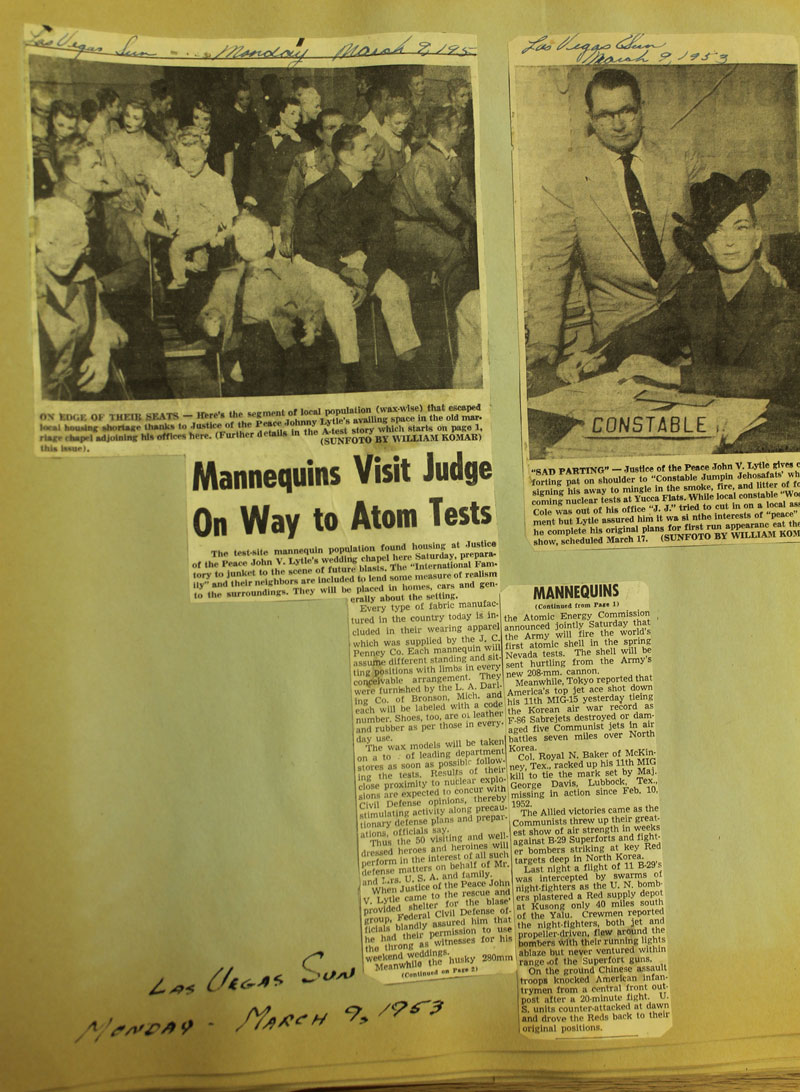
The group photo outside is similar to one I found at the National Archives:
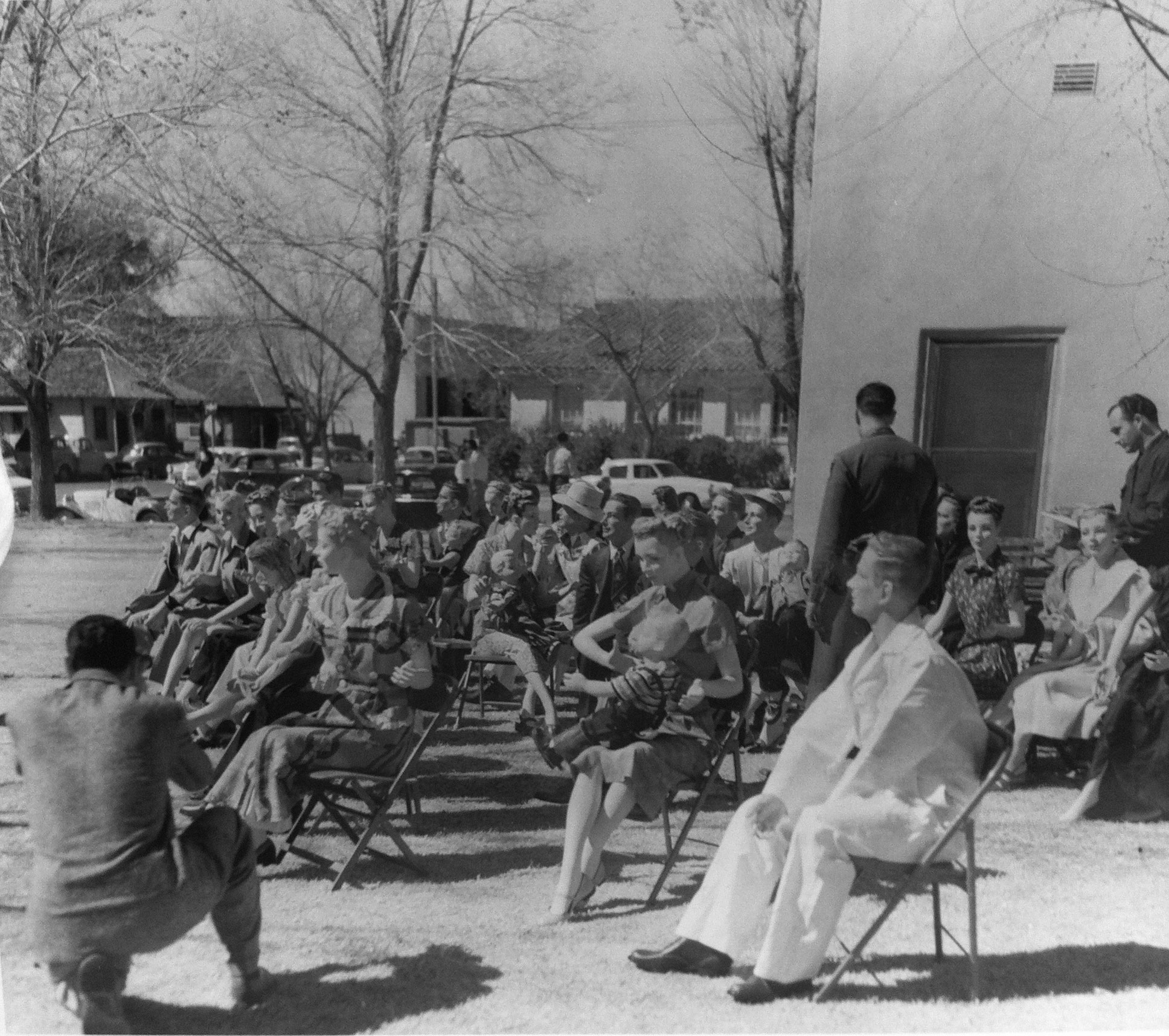
I found newspaper accounts that the mannequins had been removed from Yucca Flat and brought back to Las Vegas after the March 17, 1953 detonation. In this photo they are gathered again after the test, now damaged. They seem to be at the same site as in the earlier photo shoot (Third and Carson), but without a view of the houses across the street I can’t be certain.
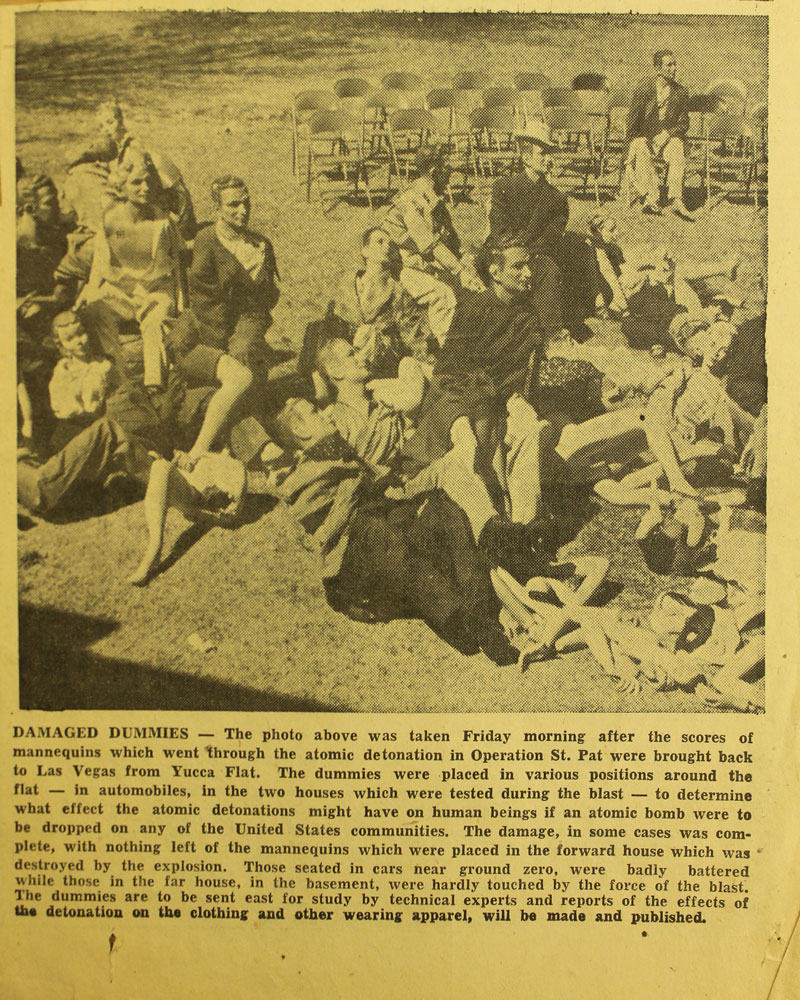
It’s possible that this site (Third and Carson) is the setting of the J.C. Penney advertisement photo shoot. The double-page advertisement of ‘before’ and ‘after’ states of the mannequins was published in the Las Vegas Review Journal on April 3, 1953.
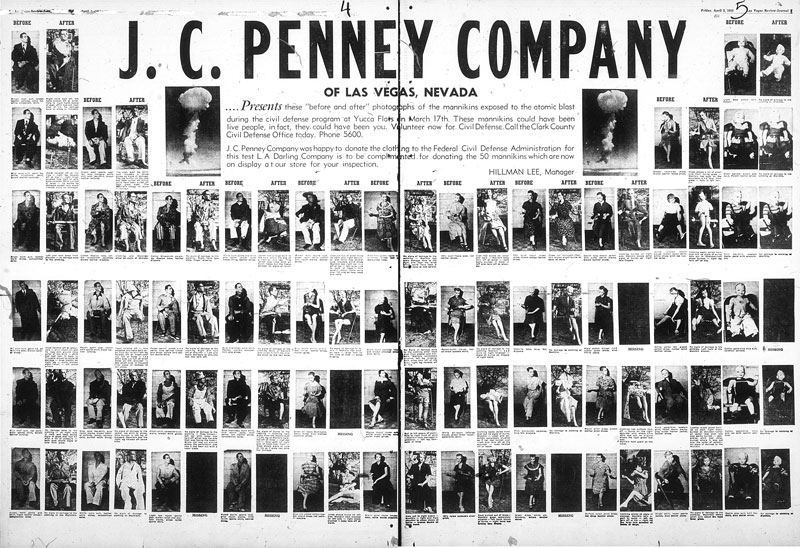
I found another J.C. Penney advertisement from early March 1953 featuring the mannequins in their ‘before’ state only in the Las Vegas Review Journal. These are the same ‘before’ shots used later in the April 3 comparison.
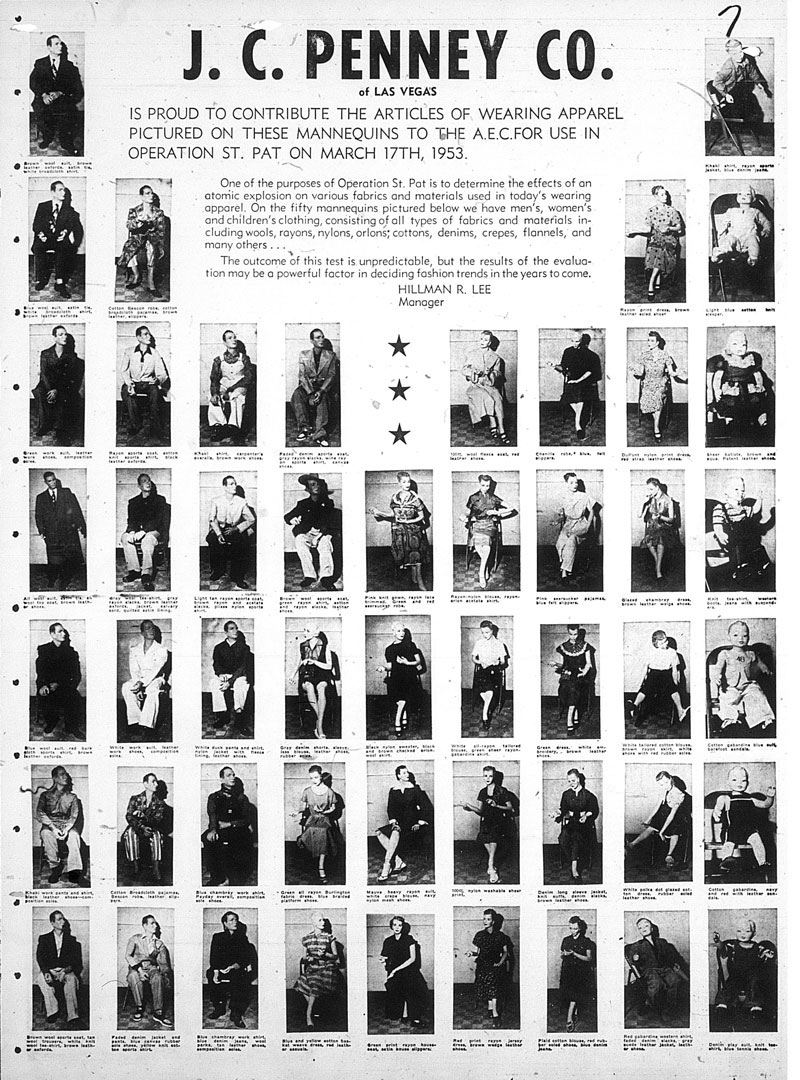
I did not find any pictures or accounts of the mannequins on public display at the J.C. Penney store after the detonation of March 17, 1953. For now, the question of the mannequins’ post-detonation display in Las Vegas (at J.C. Penney or elsewhere) remains unanswered.
However, I did find several newspaper accounts of the mannequins on public display in Pershing Square in downtown Los Angeles in early April 1953. The mannequins were on view for three days and staged in similar ways to how they were found after the detonation at Yucca Flat. The newspapers report: ‘Mannequins play second fiddle to F-84’ (The F-84 Thunderjet was in an adjacent display). The mannequins were being studied for radiation in Los Angeles. I wonder whether the Civil Defense officials cancelled their plans for a nationwide tour of the mannequins after the exhibition in Los Angeles.
Los Angeles Examiner, April 1, 1953 Sec 1–3.
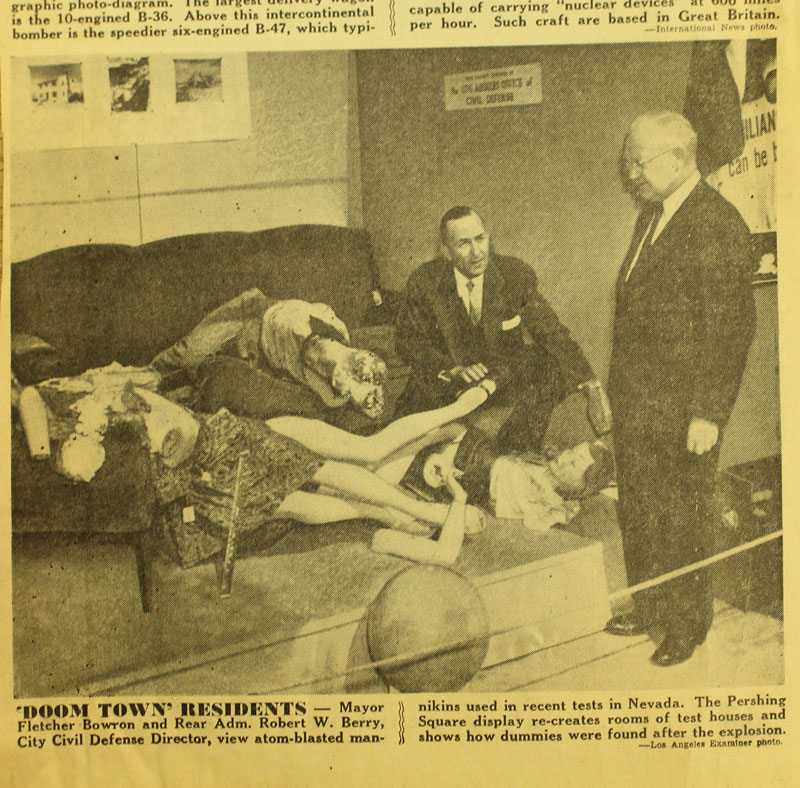
Albuquerque Tribune, April 1, 1953

Las Vegas Review Journal, April 1, 1953

Los Angeles Mirror, April 1, 1953

Los Angeles Times, April 1, 1953.
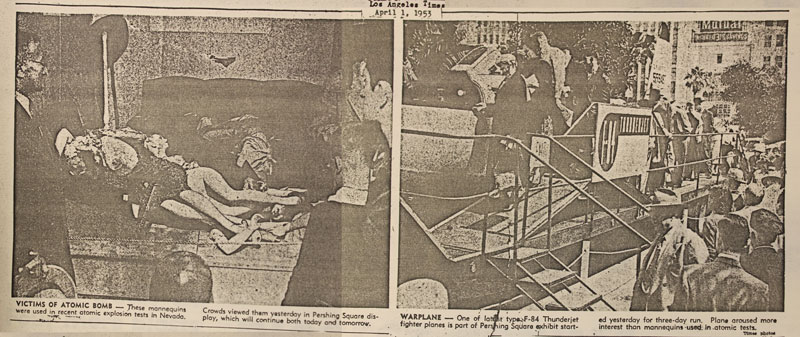
Las Vegas Review Journal, April 1, 1953.

 The Evolution of Silence version 1—www.evolution-of-silence.net
The Evolution of Silence version 1—www.evolution-of-silence.net
